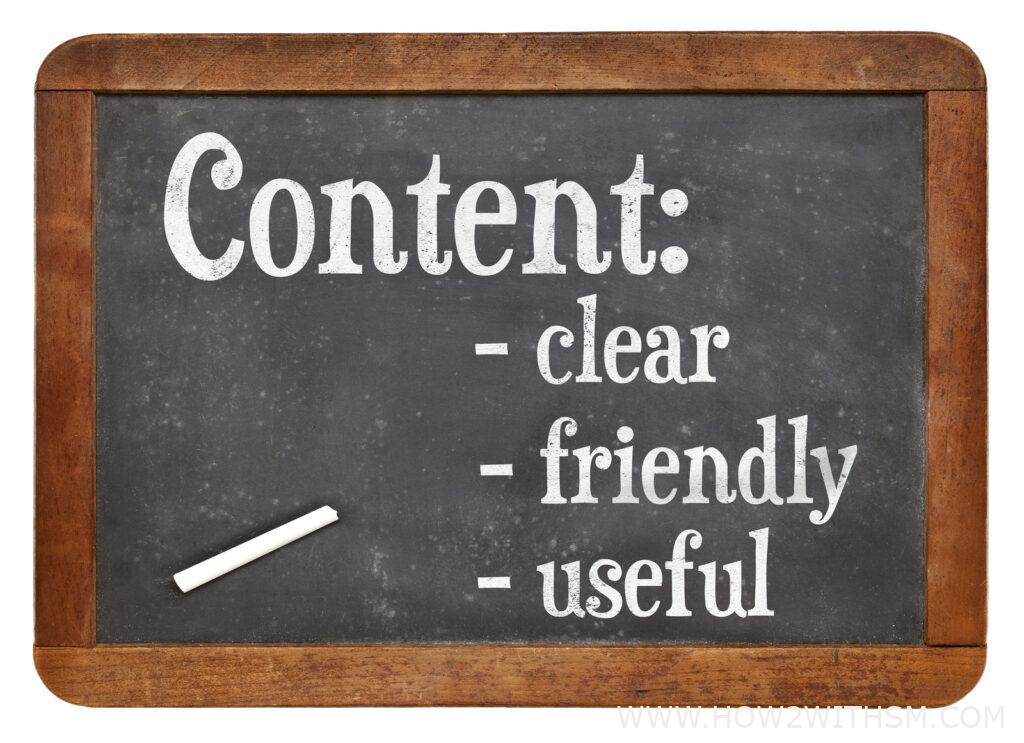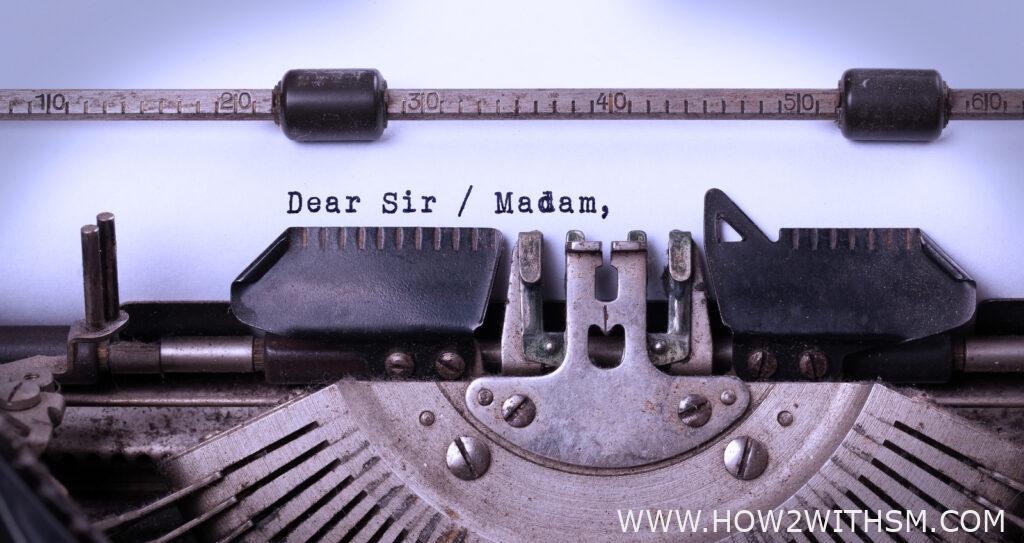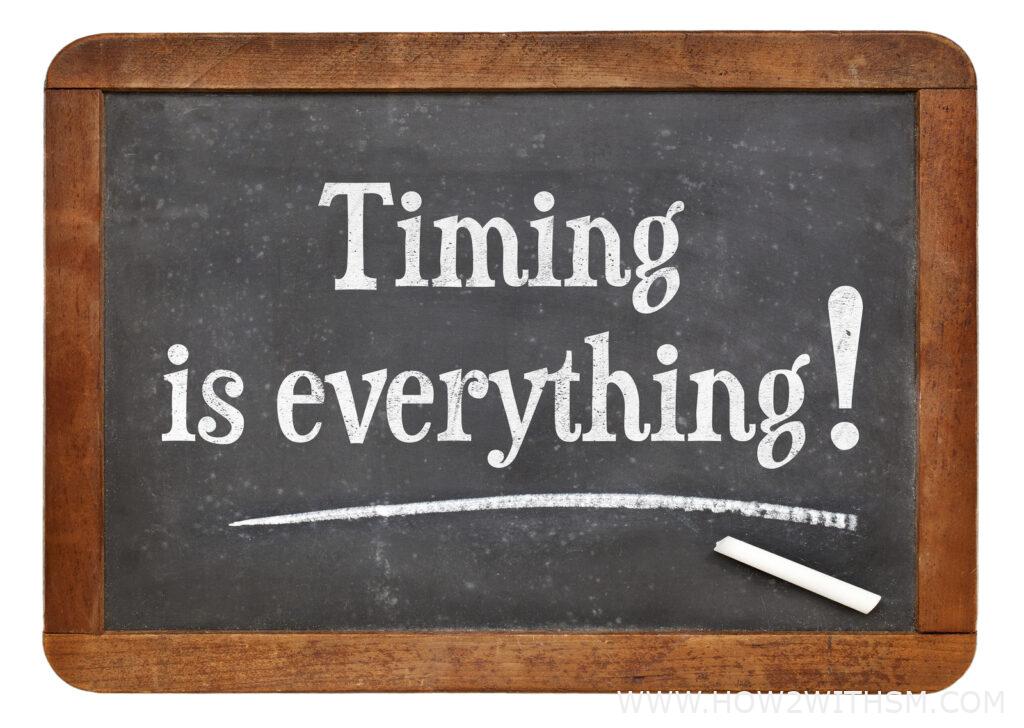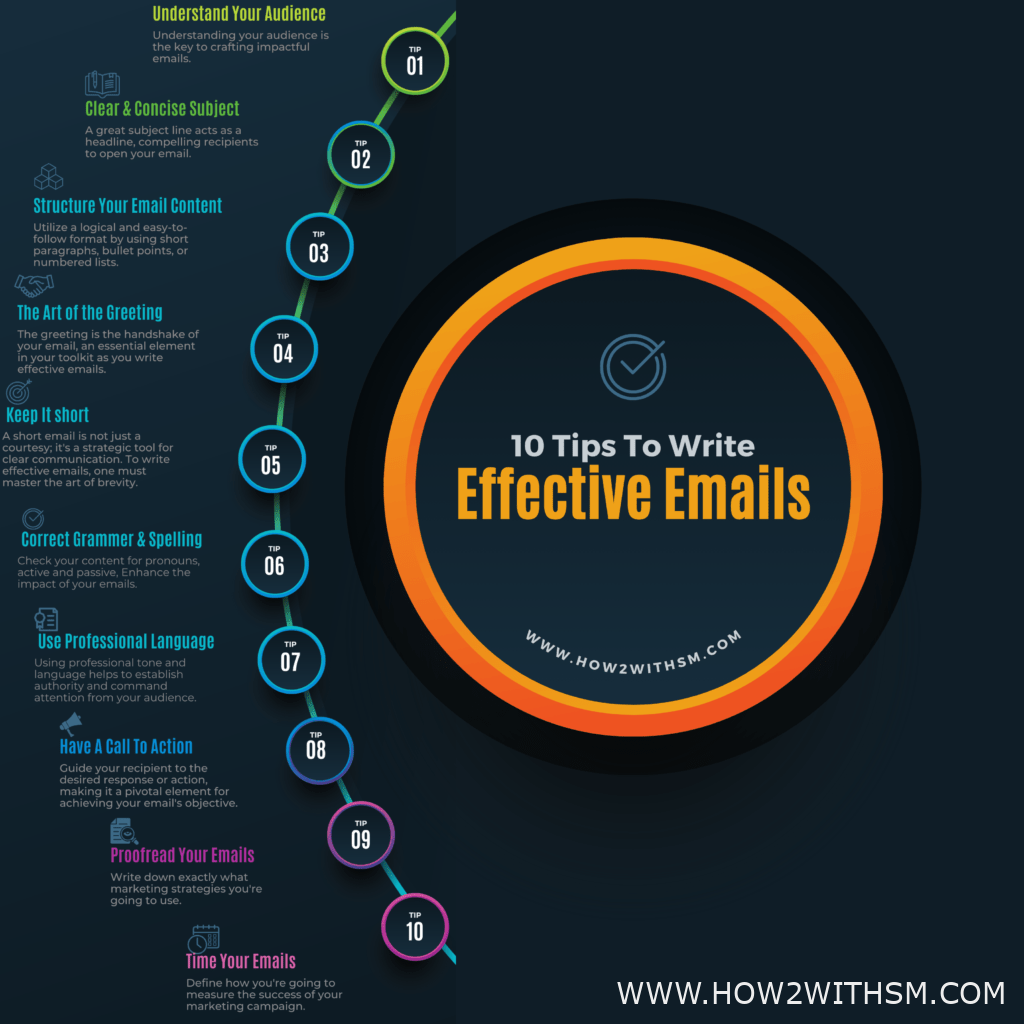Listen To The Podcast Version of This Article Here
Introduction: Importance of Effective Email Communication
In today’s digital age, effective email communication is essential for personal and professional success. Emails are a primary form of communication in the workplace, and the ability to craft clear, concise, and compelling messages can greatly impact one’s productivity and relationships with colleagues and clients. An email that checks on the spelling and grammar not only manifests professionalism but also exhibits respect for the intended recipient’s time, ultimately promoting a positive professional image.
Furthermore, effective email communication can lead to increased efficiency within an organization. When emails are written clearly and succinctly, recipients can quickly understand the message’s intent and required action. This reduces confusion and minimizes back-and-forth exchanges, ultimately saving time for both the sender and receiver. In addition, when emails, such as a business email, are organized well with significant subject lines and structured content, recipients can swiftly source vital information when needed. This streamlines workflow processes and helps maintain a productive work environment. Writing effective emails is more than just a courtesy; it’s a strategic tool that can influence your career trajectory.
Master the art of email writing with practical tips for writing effective emails that ensure your messages will be opened, thoroughly read, and responded to. Discover why mastering the craft of writing effective emails is essential in modern business communication and how it can elevate your professional presence.
Write Effective Emails: Understanding Your Audience

Understanding your audience is the key to crafting impactful emails. By segmenting your audience based on their preferences, behaviors, and needs, you can tailor your messages to resonate with them on a deeper level. Take the time to analyze data such as open rates, click-through rates, and responses to previous emails to gain insight into what resonates best with different segments of your audience. This will allow you to create content that feels personalized and relevant, ultimately leading to higher engagement and conversion rates.
Further, by understanding the varying goals and frustrations of your audience members, you can tackle their issues directly in your business email. By speaking directly to their needs and providing valuable solutions or insights, you can position yourself as a trusted resource rather than just another sender of promotional material. Engaging with empathy and understanding can foster stronger connections with your audience, leading them to view your emails as valuable rather than intrusive. In essence, knowing and empathizing with your audience is not just about the content of the email but also about building a relationship founded on trust and understanding.
Clear and Concise Subject Lines

Clear and concise subject lines are crucial tips for writing effective emails. A well-crafted subject line not only grabs the recipient’s attention but also sets the tone for the entire email. By keeping the subject line brief and to the point, you communicate your message clearly without overwhelming the reader. Additionally, a clear subject line helps your email stand out in a crowded inbox and increases the likelihood of it being opened and read.
When writing subject lines, consider their relevance to the content of your email. Avoid generic or vague subject lines that could lead to confusion or misinterpretation. Instead, aim to provide a preview of what your email is about, entice curiosity, and compel the recipient to open it. Remember that brevity is key – strive to encapsulate the essence of your email in just a few words. By doing so, you show respect for the recipient’s time and make it easier for them to prioritize and categorize their incoming messages.
A great subject line acts as a headline, compelling recipients to open your email. It should be a sneak peek into the content of the email, encapsulating the main point while sparking curiosity.
Structuring Your Email Content
When structuring your email content, it’s crucial to start with a clear and concise subject line that grabs the recipient’s attention. This sets the tone for the entire email and increases the likelihood of it being opened. Next, utilize a logical and easy-to-follow format by using short paragraphs, bullet points, or numbered lists to break up lengthy blocks of text. This not only improves readability but also helps convey information more effectively.
Furthermore, consider using a conversational tone to engage readers and build rapport. Personalizing your emails by addressing recipients by their name can also make them feel valued and more likely to respond positively. Finally, don’t forget to include a clear call-to-action that prompts the reader on what steps they should take next. By structuring your email content thoughtfully, you can enhance engagement and improve communication with your audience.
The Art of the Greeting: Starting Off on the Right Foot

Your email greeting sets the tone for your message. Personalize where possible, using the recipient’s name to add a touch of warmth and professionalism.The greeting is the handshake of your email, an essential element in your toolkit as you write effective emails. It’s your first chance to engage the recipient and sets the tone for the rest of the communication.
Personalize Your Approach
When you start writing the email, address the recipient by name whenever possible. A personalized greeting instantly makes your email feel more tailored and respectful. It shows that you have taken the time to acknowledge the recipient directly, which can help in establishing a connection from the outset.
Keep It Professional and Friendly
The right balance between professionalism and warmth can make a significant difference. Depending on your relationship with the recipient and the context of your email, a simple “Hi [Name],” can be appropriate for peers or frequent contacts. In contrast, “Dear [Name],” may be more suitable for formal situations or when writing to higher-ups or new contacts.
Reflect Company Culture and Relationship
Your greeting should also reflect your organization’s culture and the nature of your relationship with the recipient. If you’re in a creative industry with relaxed communication styles, a casual greeting might be perfectly acceptable. Conversely, in more conservative fields, sticking to traditional professional greetings is advisable.
Use a company email domain to showcase professionalism instead of using a generic mail like gmail or mail.com.
By starting your emails with a carefully considered greeting, you not only show respect to your recipient but also enhance the overall readability and effectiveness of your business communication. Remember that an appropriate greeting is a fundamental step as you learn how to write effective emails that resonate with your audience.
Keep It Short
In the digital age, where inboxes are perpetually full, the importance of being concise cannot be overstated. To write effective emails, one must master the art of brevity. A short email is not just a courtesy; it’s a strategic tool for clear communication.
Why Short Emails Work
- Quick to Read: People are more likely to read your email if it’s short and to the point.
- Immediate Understanding: A brief email forces you to communicate your message clearly, making it easier for the recipient to understand and act.
- Respect for Time: Short emails show that you value the recipient’s time, which they will appreciate.
How to Keep Emails Short
- Start with a Clear Objective: Before you begin writing, know exactly what you want to achieve with your email.
- Get to the Point: Open with your main message or request. Avoid long introductions.
- Limit Details: Provide only the information necessary to understand your message and respond accordingly.
- Bullet Points and Lists: Use these for clarity and to make the email quicker to scan.
- Edit Ruthlessly: After drafting your email, cut out any unnecessary words or sentences.
By implementing these strategies, your emails will be more likely to be read and responded to. Remember, the goal is to write effective emails that communicate your message without taking up unnecessary time. Keep it short, clear, and direct for the best results.
Avoiding Common Grammar and Spelling Mistakes
Mastering the art of effective communication through email requires attention to detail, particularly when it comes to grammar and spelling. One common mistake is the confusion between its and it’s, where its is a possessive pronoun and it’s is a contraction for it is. Correct usage helps maintain clarity and professionalism in your emails. Additionally, apostrophe misuse can lead to misunderstandings; make sure to use apostrophes properly in contractions and possessives to convey your message clearly.
Another prevalent error is the misuse of homophones such as there, their, and they’re. Understanding their distinct meanings ensures that you convey your intended message accurately. Furthermore, overlooking simple typos can undermine the credibility of your communication. Proofreading diligently before hitting send not only improves the quality of your writing but also showcases your commitment to effective communication. By avoiding these common mistakes, you `enhance the impact of your emails and leave a lasting positive impression on the recipient.`
Using Professional Tone and Language
In the professional world, using a professional tone and language in email communication is crucial for building credibility and fostering positive relationships. By employing formal language and an appropriate tone, you convey confidence and respect, which can elevate the overall perception of your message. Choosing words carefully to express yourself clearly without being overly casual or too technical can effectively convey professionalism while ensuring that your message is easily understood by all recipients.
Furthermore, using professional tone and language also helps to establish authority and command attention from your audience. The way you phrase your sentences, the vocabulary you use, and the overall structure of your emails contribute to creating a lasting impression on the recipient. Avoiding jargon, slang or excessive informality shows that you value professionalism in your communication, which ultimately reflects positively on your personal brand within an organizational context.
The Crucial Call to Action: What Do You Want the Recipient to Do?
Crafting a call to action (CTA) is a decisive step when you aim to write effective emails. It’s the part of your email that guides your recipient to the desired response or action, making it a pivotal element for achieving your email’s objective.
Define Your Desired Outcome
Before you even begin drafting your email, you should have a clear understanding of what you want the recipient to do after reading your message. Whether it’s to schedule a meeting, provide feedback, or complete a task, your CTA should be direct and unmistakable.
Make It Stand Out
In the body of your email, ensure that your call to action is prominently featured. It should stand out from the rest of the content, so the reader knows exactly what steps to take next. This could be achieved through formatting techniques like bold text, a different color, or even a button if the email format allows it.
Keep It Simple and Action-Oriented
An effective CTA uses straightforward language that prompts action. Phrases like “Please reply with your feedback by 2025,” or “Click here to confirm your attendance,” are clear and direct. Avoid vague language that might leave the recipient unsure of how to respond.
Follow-Up Appropriately
Sometimes, despite a well-crafted CTA, you might not get a response. In such cases, a polite follow-up email can be an effective way to remind the recipient of the pending action. However, it’s important to time these follow-ups appropriately to avoid coming across as pushy.
By integrating a clear and concise call to action in your emails, you encourage your recipients to take the necessary steps towards productive communication. Remember, the ability to write effective emails involves not just sharing information but also facilitating action and response.
WRITE EFFECTIVE EMAILS: Always Proofread Your Emails
When aiming to write effective emails, proofreading is an indispensable step. An email free of errors reflects your professionalism and attention to detail.
The Importance of Proofreading
- Credibility: Emails without typos and grammatical errors build trust in your professionalism.
- Clarity of Message: Proofreading helps ensure that your message is understood as intended, without confusion.
- Prevent Miscommunication: A simple mistake can change the meaning of your message, potentially leading to costly misunderstandings.
Proofreading Tips for Effective Emails
- Take a Break: Step away from your email for a few minutes before proofreading. This helps you see it with fresh eyes.
- Read Aloud: By reading your email out loud, you’re more likely to catch errors that you might miss when reading silently.
- Use Spellcheck Tools: Take advantage of email and word processing software’s built-in spellcheck functions.
- Check for Auto-Corrections: Sometimes, auto-correct can introduce errors. Double-check to ensure this hasn’t happened.
- Ask for a Second Opinion: If possible, have someone else review your email for errors and clarity.
Remember, the goal isn’t just to write emails but to write effective emails that represent you well. By proofreading carefully, you can avoid the pitfalls that come with hasty, unchecked communication. Always give your emails one last review before hitting send.
Timing Is Everything: When to Send Your Email

Understanding the best time to send an email is an integral part of learning how to write effective emails. Timing can significantly impact whether your email is opened, read, and elicited with a timely response.
Analyze Your Recipient’s Behavior
If you’re in regular communication with the recipient, take note of when they typically respond to your emails. This can give you insight into their preferred working hours. Scheduling your email to arrive during these periods can increase the likelihood that your email is given immediate attention.
Consider Time Zones
When dealing with recipients in different time zones, it is critical to adjust your send time accordingly. Sending an email when it’s the middle of the night for your recipient will only ensure that your message is buried under a pile of other emails by the time they start their day.
Avoid Peak Times
Research suggests that emails sent during the workday’s peak times tend to get lost in the noise. To write effective emails that get noticed, try sending them at times when there is less competition, such as early in the morning or later in the afternoon.
Leverage Email Scheduling Tools
Take advantage of email scheduling features that many email clients offer. These tools allow you to write your email when it’s convenient for you and schedule it to send at the most effective time for your recipient.
Timing your emails strategically can make a significant difference in the effectiveness of your email communication. By being considerate of when your recipient is most likely to read and respond, you demonstrate professionalism and respect for their time, which can only help in getting the results you desire from your emails.
Conclusion: Summary of Key Points

In conclusion, effective email writing requires a clear understanding of the audience and purpose, as well as an emphasis on brevity and clarity. By tailoring the content to the recipient’s needs, addressing their concerns, and offering value in each communication, one can significantly enhance the impact of their emails. Furthermore, incorporating a compelling subject line and utilizing formatting techniques such as bullet points or numbered lists can help improve readability and draw attention to key information. Ultimately, by consistently implementing these strategies and paying careful attention to tone and language choice, individuals can elevate their email communications in both personal and professional settings.
To summarize, mastering effective email writing involves honing skills in empathy, conciseness, relevance, aesthetics, and professionalism. Being mindful of these aspects ensures that the intended message is accurately conveyed while also respecting the recipient’s time. Moreover, adopting a strategic approach towards organizing information within an email enables recipients to quickly grasp essential details without feeling burdened by unnecessary text. As technology continues to shape our communication habits, those who understand these principles will find themselves better equipped to navigate the complexities of digital correspondence with confidence and success.
Q: How to save time writing emails?
Create templates for frequently sent messages and keep your communications concise, focusing only on essential information. For in-depth information read the article “12 Proven Strategies To Save Time Writing Emails“
Q: What are some tips for writing effective emails?
A: Some tips for writing effective emails include using a professional email address, keeping the email message concise, using proper formatting, and ensuring that your email is easy to read.
Q: How can I write an email that people will want to read?
A: To write an email that people will want to read, make sure to stick to one topic per email, use a clear and engaging subject line, and write in a friendly and professional tone.
Q: What is the importance of email etiquette?
A: Email etiquette is especially important in professional settings as it helps maintain a positive and respectful communication environment. It includes aspects such as using proper language, responding promptly, and refraining from using all caps or excessive exclamation marks.
Q: How can I improve my email writing skills?
A: You can improve your email writing skills by paying attention to grammar and spelling, using a good structure for your emails, and practicing clarity and conciseness in your communication.
Q: What are some common mistakes to avoid in email writing?
A: Some common mistakes to avoid in email writing include using vague subject lines, neglecting proofreading, being overly informal or too formal, and not considering the tone and context of the email.
Q: Why is it important to use a professional email address?
A: Using a professional email address is important as it creates a positive impression and portrays a sense of credibility and reliability, especially in business and professional communication.
Q: How can I write an effective email for a large audience?
A: To write an effective email for a large audience, make sure to personalize the message as much as possible, use a clear and understandable language, and provide relevant and valuable information to the recipients.
Q: What are some best practices for email marketing?
A: Best practices for email marketing include segmenting your audience, personalizing the content, testing different elements, and ensuring compliance with regulations such as GDPR and CAN-SPAM.
Q: How do I end my email effectively?
A: To end your email effectively, consider using a polite closing phrase such as “thank you” or “regards,” and include your contact information if necessary. Additionally, consider a call-to-action or a clear next step for the recipient.
Q: What should I consider when writing an email to someone for the first time?
A: When writing an email to someone for the first time, ensure that your email is concise, respectful, and clearly introduces yourself and the purpose of the email. It’s also important to do some research on the recipient to personalize the message as much as possible.

